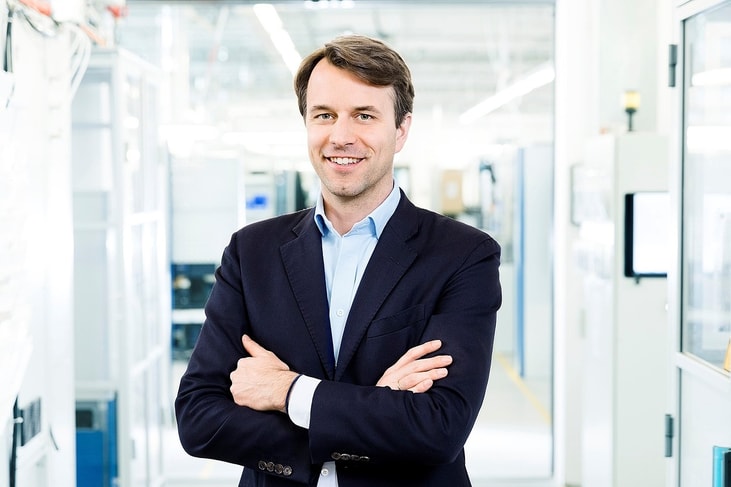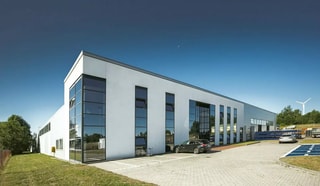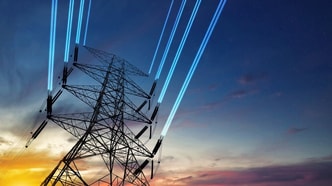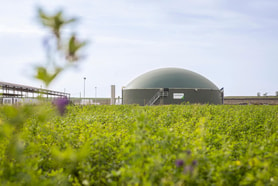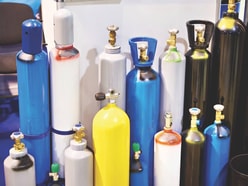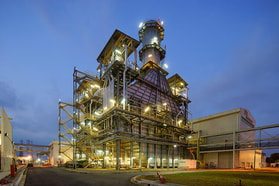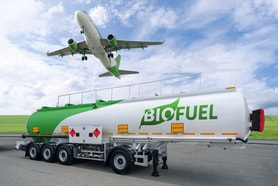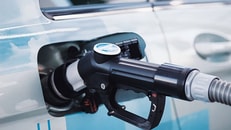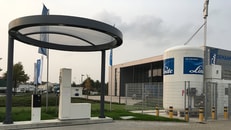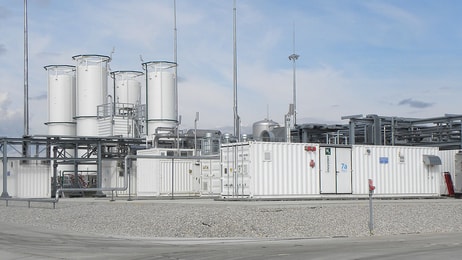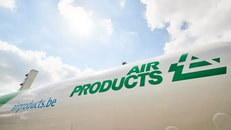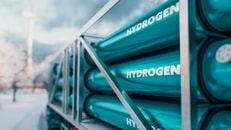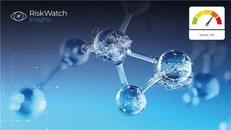High efficiency hydrogen electrolysis and synthetic fuels: An interview with Sunfire GmbH
Solid oxide electrolysis, high temperature electrolysis, high efficiency electrolysis – they all mean precisely the same thing. At least, that’s the view of Nils Aldag, Chief Commercial Officer (CCO) at Sunfire in Dresden.
gasworld spoke with Nils in an exclusive interview to find out how Sunfire has rapidly grown from a being a few passionate people with a patent to become an international entity with 200 employees and multi-million Euro turnover.
Nils, thanks for talking with gasworld today. Tell us, how did Sunfire arrive in the hydrogen space?
... to continue reading you must be subscribed

